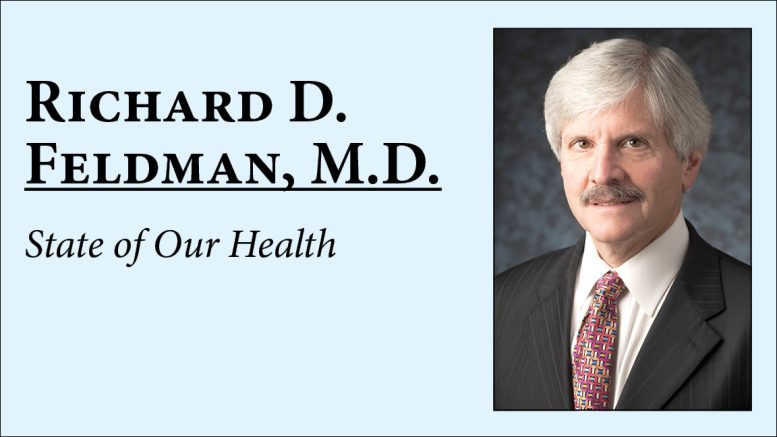In 2022, the General Assembly enacted SEA 239. This is an important advancement in eliminating deceptive or confusing information regarding health care professionals provided in advertising, marketing, and promotional materials. The new statute addresses the conveying of specific professional skills, training, expertise, educational degrees, board certification, and licensure. Clarity and transparency for the public are important.
The legislation also prohibits the use of medical specialty designations that should be reserved for physicians such as endocrinologist, cardiologist, or rheumatologist. Non-physician use of these terms can lead patients to assume the provider is a physician.
Not uncommonly when my patients are seen, for example, at a specialist’s office or urgent care clinic, they return to my office confused about specifically who provided their care. Was he or she an advanced practice registered nurse (APRN or nurse practitioner), a physician assistant (PA), or a physician? Everyone looks very much the same in the clinical setting.
This should be disturbing to anyone seeking medical care. Making perfectly clear to patients who is providing their care, not only in promotional materials but importantly in the face-to-face clinical encounter, is essential.
Patients can make their best-informed health care decisions when this occurs. And as a family physician, I can better evaluate the care delivered and the medical decisions made when I know the credentials of the health professional.
Although I greatly respect my APRN and PA colleagues, compared to physicians, there is a difference in experience, education and training, depth of knowledge, and amount of clinical experience both qualitative and quantitative.
A study by SMARI Research found only half of Hoosiers surveyed felt it’s easy to identify who is a physician. One in four are not sure if their regular provider is a physician. Eighty-five percent believe that it is important to know the training and education of their health care provider.
Despite last year’s legislation more needs to be accomplished, especially in the clinical encounter. Confusion is prevalent because clear disclosure of the type of health professional performing the service is not always adequately reached.
Legislation now before the legislature originally would have ensured enhanced identification of all providers in the clinical setting by requiring badging that contains licensure type (physician, registered nurse, physician assistant, chiropractor, podiatrist, etc.).
Unfortunately, the badging portion of the bill is controversial and was amended out and will probably remain that way. Regrettable. While respecting all members of the health care team, badging requirements would have provided enhanced clarity and transparency to patients regarding who is providing their medical care.
Additionally, PAs and APRNs can earn academic doctorate degrees. Patients particularly confuse these health care providers for physicians. Legislators could prevent this confusion by future legislation prohibiting these practitioners from utilizing the title of “Doctor” when they introduce themselves to patients, on their badges, and in promotional materials. As soon as patients hear the word “doctor,” they commonly assume that the individual is a physician.
Most likely there won’t be a legislative solution this session on these issues. Maybe it’s time for all the stakeholders to come together and try to agree on a resolution.
I cannot imagine that transparency can ever be thought of as anything but desirable. I am proud to be a physician. Each health care professional earned a degree, and I am sure they are proud of who they are. They should be eager to identify themselves to patients with clarity.
Richard D. Feldman, M.D. is an Indianapolis family physician and former Indiana State Health Commissioner who served in the administration of Governor Frank O’Bannon.

